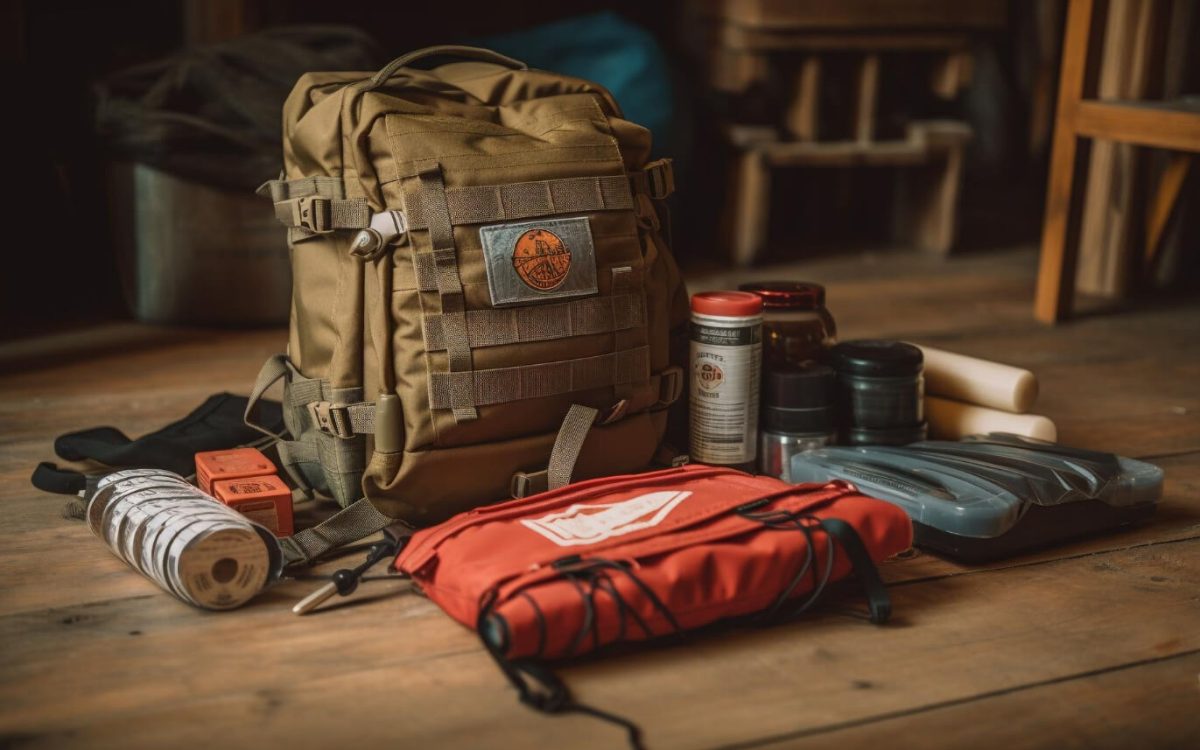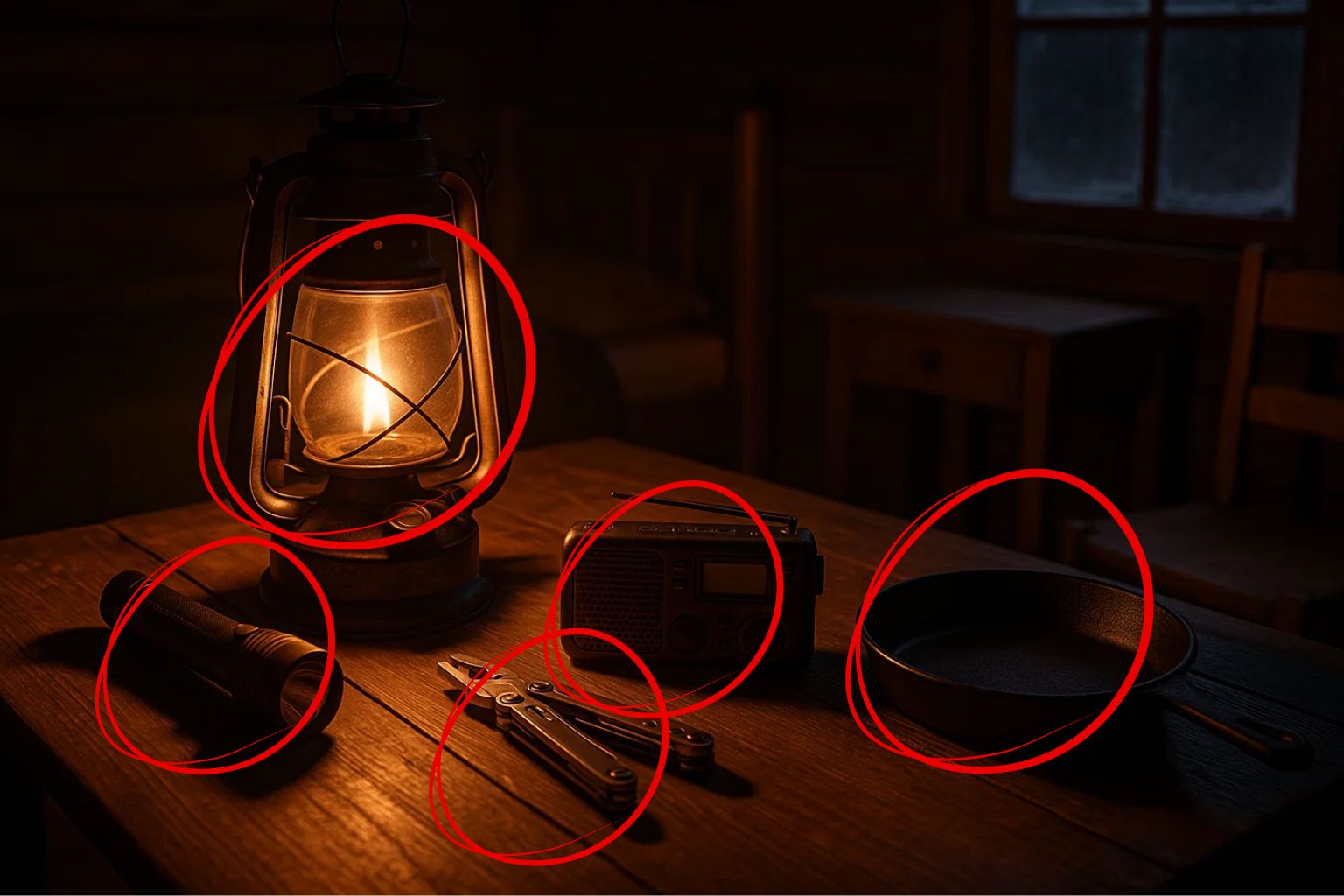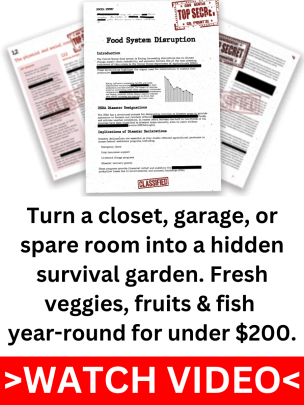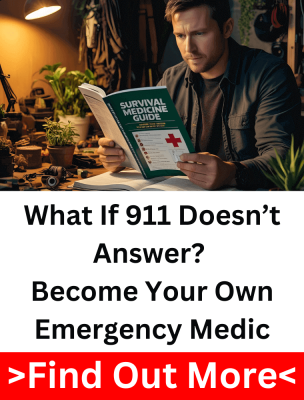You’ve got your bug-out bag packed, zipped, and sitting by the door. Maybe it’s been there for months, just in case. You’ve checked it a dozen times, added a multitool, swapped out the batteries, threw in some protein bars. Feels good, doesn’t it? Like you’ve crossed something big off the survival list. But here’s the thing most folks don’t realize until it’s too late: a packed bag isn’t a tested bag.
The truth is, gear that looks good on a checklist can fall apart when it’s put to work. Zippers snap. Water leaks. Shoulder straps dig into your back after an hour on the move. And all those neatly organized pouches? They mean nothing if you can’t reach what you need in a rush, in the dark, or with shaking hands. Being prepared isn’t about owning the right gear, it’s about knowing if it’ll hold up when everything around you starts to fall apart.
Step 1: The Mobility Test – Can You Carry It When It Matters?
Let’s say the alarm goes off. Maybe it’s a wildfire closing in, or civil unrest creeping too close to home. You grab your bug-out bag and hit the road, on foot. Not in theory. Not in your driveway. I mean boots on the ground, moving fast with everything you’ve got on your back. That’s when reality punches hard. Most folks never test their gear under pressure. They pack like they’re going on a weekend hike… not like their life depends on it.
Here’s the part people overlook: weight and comfort matter. A lot. Ten minutes in, a poorly balanced pack starts pulling on your shoulders. After a mile, your hips ache. Maybe the straps dig in. Maybe the weight shifts and throws you off balance on uneven ground. A 25-pound bag might sound light, until you’re jogging with it or scrambling over a downed tree. It’s not just about what’s in the bag. It’s about whether your body can move with it, mile after mile.
And don’t think it’s just about fitness. The ground changes everything. Soft dirt, rain-soaked trails, broken pavement, each one turns your gear into either a lifeline or a liability. When you’re tired, hungry, and trying to stay alert, even small design flaws become big problems. If your bug-out bag hasn’t passed the mobility test, your test, not someone else’s, you’re gambling with comfort, endurance, and maybe survival itself.
Step 2: The Essentials Audit – Will It Sustain You for 72 Hours?
A lot of folks throw the word “72 hours” around like it’s some magic number. But here’s the blunt truth: your bug-out bag needs to actually keep you alive for three solid days. That means enough water to drink, enough calories to move, and the meds you rely on daily, no exceptions. Forget the flashy tools for a second. If you don’t have clean water and fuel for your body, the rest of your gear won’t matter much.
Now picture this: it’s cold, you’re running low on sleep, and your hands are shaking from adrenaline. Can you reach your lighter without dumping the whole bag out? Can you get to your water filter fast, or your pain meds when your back flares up? It’s one thing to pack the right stuff. It’s another to find it when time’s tight and stress is high. If your gear isn’t organized for chaos, it’s going to fail you when it counts.
Visit the store page to grab the best deals!
Here’s where most people mess up, they either stuff in too much or forget the basics. Do you really need three different flashlights? Or a massive knife that adds two pounds but never leaves the sheath? What you do need is a way to purify water, at least 2,000 calories per day (and not just granola bars), layers for warmth, basic hygiene, and meds you can’t go without. Anything else better earn its weight.
And one more thing, check your gear regularly. That protein bar from two summers ago? Might be a brick now. Those painkillers? Maybe expired. I’ve seen folks open their bags after a year and find leaky bottles, moldy food, and batteries that corroded right through their gear. Your bug-out bag isn’t a one-and-done project. It’s a living system that needs attention, or it quietly turns into dead weight.
Step 3: The Usability Drill – Can You Operate It While Exhausted?
It’s one thing to pack the right tools, it’s another to actually use them when your hands are frozen, your brain’s fried, and the weather’s working against you. When the sun’s down and the rain starts coming sideways, will you remember where your firestarter is? Can you set up shelter while shivering, or light a stove with wet fingers? It’s not about convenience anymore, it’s about survival under pressure.
That’s where item placement becomes make-or-break. If you haven’t practiced grabbing your essentials without thinking, you’re already behind. Your water filter, knife, flashlight, poncho, these shouldn’t be buried under spare socks and backup batteries. They need to be exactly where your hands expect them to be. Familiarity isn’t optional when your margin for error is razor-thin.
And here’s the test that humbles just about everyone: try doing everything with gloves on. Real gloves. Cold weather, work-style gloves. Can you strike your firestarter? Open a can? Reload a flashlight? If your gear can’t be used in those conditions, it’s not ready. The middle of a crisis is the worst time to learn that your pack was built for comfort, not chaos.
Where Most Bug-Out Bags Actually Fail
Most bug-out bags don’t fail because of missing gear, they fail because they’ve never been tested. The straps break after a mile. The water filter clogs. The flashlight flickers out after five minutes. You’d be shocked how often people pack gear they’ve never used once, assuming it’ll “just work” when the time comes. But a crisis doesn’t hand out do-overs. If something’s going to fail, it’ll fail when you’re cold, tired, and counting on it the most.
And let’s be honest, prepper pride is part of the problem. We all like to think we’re ready. We’ve got the best gear, the smartest loadout, the perfect plan. But sometimes that ego gets in the way. It keeps us from trimming weight, testing gear in real-world conditions, or admitting we packed something just because it looked cool online. Survival isn’t about showing off, it’s about knowing your kit, your limits, and what actually works when everything’s falling apart.
How to Build One That Passes All Three
First off, ditch the idea that more gear means more prepared. What you want is a system, lightweight, layered, and organized so you can move fast and think less. Prioritize gear by how fast you might need it. Fire, water, and shelter tools go on top or in outside pouches. Backup gear and extras get buried. Think in layers: dry clothes in waterproof bags, emergency food in sealed pouches, quick-access pockets for meds and lights. When your bag’s laid out right, you’ll feel it, and more importantly, you’ll trust it.
But even a perfectly packed bag doesn’t mean a damn thing if you haven’t put it to the test. Run drills. Real ones. Throw the pack on and walk a few miles, preferably when the weather sucks. Try setting up shelter in the dark. Time how fast you can find your water filter or stove without digging through everything. The goal isn’t to suffer, it’s to reveal problems while you can fix them. It’s training your body and your brain to know that bag inside and out.
And don’t just pack it and forget it. Every few months, do a full gear audit. Check for leaks, broken seals, expired meds, spoiled food, dead batteries. Swap out what’s wearing down. Update based on the season. That quarterly check might take you 30 minutes, but it could be the reason your gear works when your life depends on it. A good bug-out bag isn’t something you build once. It’s something you maintain, like a truck, a tool, or a plan.
Your bug-out bag isn’t something to admire; it’s something to trust. And trust only comes from testing. When you’ve walked with it, sweated under it, and relied on it in the dark, that’s when you know it’s ready. Until then, it’s just gear in a sack. Testing strips away the guesswork. It builds confidence you can lean on when everything else is falling apart.
So here’s your move: don’t wait for a real disaster to find out where your bag fails. Pick a day this month. Run it through the challenge. Carry it. Use it. Open it in the dark. See what breaks, fix what doesn’t work, and rebuild if you have to. Because when the time comes, and it will, you won’t get points for having a packed bag. You’ll only get one shot to prove it actually works.






















